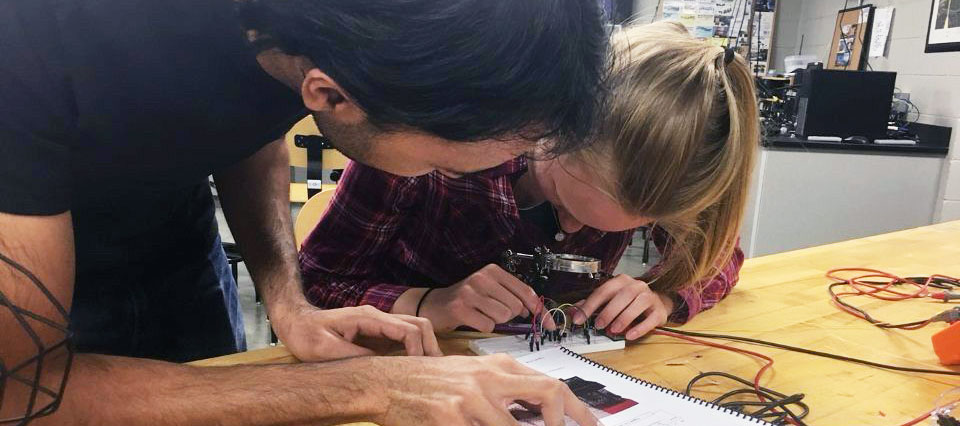Engineering students at Embry-Riddle are building a nanosatellite that NASA will launch into space this year.
But they could not fund the roughly $200,000 in hardware needed to build the cube satellite without the help of donors, says Daniel White, assistant professor of mechanical engineering and the project’s faculty adviser. To date, more than $60,000 has been contributed toward the project.
“It’s pretty unique that students would have an opportunity like this so early in their academic careers,” White says. “They really have benefited from the philanthropy and outreach.”
The project follows the successful launch of a previous student-designed and -built cube satellite: EagleSat 1, which was deployed in 2017 in partnership with NASA’s CubeSat Launch Initiative. The current project, appropriately named EagleSat 2, is one of 21 proposals that were accepted in 2018 for the next round of NASA’s Educational Launch of Nanosatellites Missions program.
The project has allowed about 50 engineering students to gain hands-on spacecraft engineering experience, as well as the opportunity to conduct research in space. The cube satellite will gather information about cosmic ray particles and the effects of solar radiation on computer memory, White says.
Eight different teams are working on various aspects of the satellite for a launch date in mid-2020. Following the cubesat’s launch and deployment, the students will operate the mission and record and report to NASA all of the scientific findings and data communicated by EagleSat 2 to their campus headquarters.
